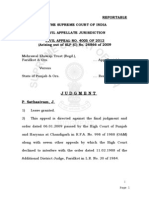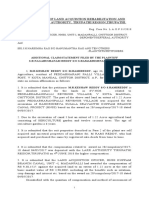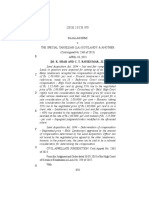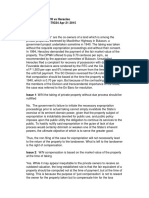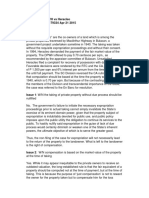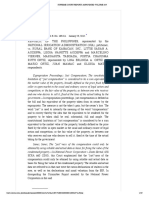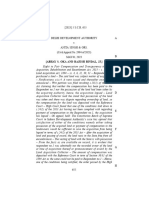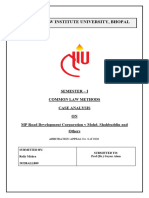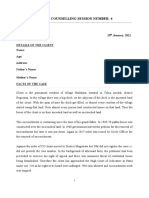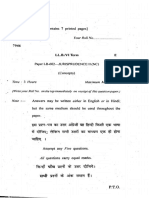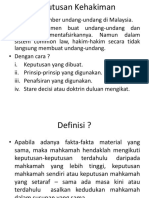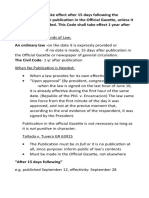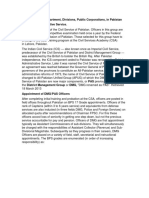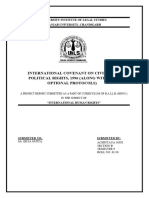This case, Horrmal (Since Deceased) Through His LRs vs.
The State of Haryana, 21 OCTOBER, 2024,
reflects the delicate balance that the courts must maintain when determining fair compensation for
expropriated land under the Land Acquisition Act, 1894. It demonstrates the Supreme Court’s
nuanced approach to ensuring just compensation by rigorously examining factors like market value,
developmental potential, and the adequacy of sale exemplars as evidence.
FACTS
The Haryana government acquired 302.75 acres of land in Mewat District for residential and
utility sectors under the Haryana Urban Development Authority Act, 1977.
The Land Acquisition Collector initially awarded compensation of Rs. 45,00,000 (45 lacs) per
acre, but landowners found it inadequate. They appealed to the Additional District Judge,
Mewat, for a higher valuation.
The Reference Court increased the land's value to Rs. 92,62,500 (92 lacs) per acre, based on
comparable sales. Both landowners and the State government challenged this decision.
The High Court overturned the Reference Court's decision, reinstating the original
compensation amount, arguing that the court had improperly relied on commercial land
sales instead of agricultural land sales.
ISSUE
whether the landowners are entitled to higher compensation for their acquired land, and if so, how
that compensation should be calculated fairly.
SUPREME COURTS OBSERVATION
The Supreme Court highlights that compensation for expropriated land, should match the land’s
market value as of the notification date, considering possible uses of the land. This case
demonstrates the difficulty in choosing appropriate sale examples (or “exemplars”) to estimate fair
market value. The Court rejected several sales that took place after the notification, reasoning that
�these prices might be inflated due to the upcoming acquisition, thus not reflecting genuine market
value. By focusing on pre-notification sales, the Court emphasized accuracy and fairness in valuation,
setting an important standard for land compensation cases.
The Supreme Court referenced previous landmark decisions to reinforce that when multiple sale
exemplars exist, the highest bona fide exemplar should be favored unless comparable values are
evident in others. This approach safeguards landowners from inconsistent valuation methods and
establishes a uniform standard for future cases, promoting consistency in judicial reasoning regarding
compensation.
ANALYSIS
My analysis highlights the delicate balance courts must maintain between compensating landowners
fairly and addressing public interests in development projects.
I assent with the Hon'ble Supreme Court's decision to overturn the High Court's ruling, this reflects
its commitment to correcting misinterpretations affecting compensation outcomes. The High Court
had improperly weighted unsuitable exemplars, leading to inadequate compensation rates. It sets a
precedent for using higher and a well-documented sale exemplars in compensation disputes, even if
substantial deductions must apply to account for land size, location, and prospective development
requirements.

